As a hinge joint, the knee can only be bent and extended to a certain extent. Excessive force applied during activities might cause damage to the knee.
Unhealthy Posture
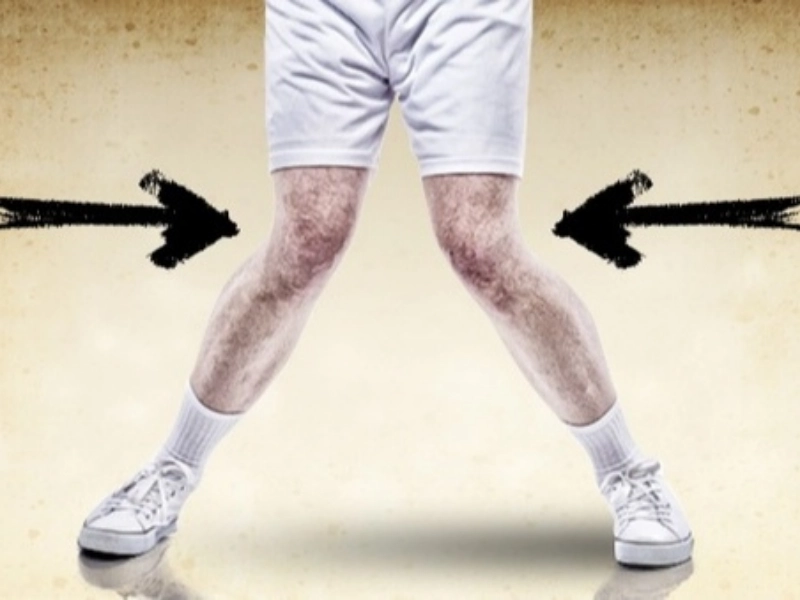
"Sit up straight!" is a phrase you've probably heard from parents, instructors, and fitness or health professionals. But posture is more than just physical appearance. It has to do with how your body moves and performs during the day.
With prolonged use, slouching, a bent back, and a forward head position put extra strain on the muscles, ligaments, and joints, resulting in pain and discomfort. Future knee issues may result from these alterations if they aren't fixed.
Your body and brain employ different muscle fibres to sustain a slouched posture than they do when you get up or move about normally. This indicates that the muscle ages more quickly and that the deeper supporting muscles gradually deteriorate. These modifications, when combined with increased power or speed of movement, might lead to the knees twisting or rotating incorrectly, which hurts. This may also have an effect on how you walk, putting additional weight on your knees when you run, jump, or walk.
Being Overweight
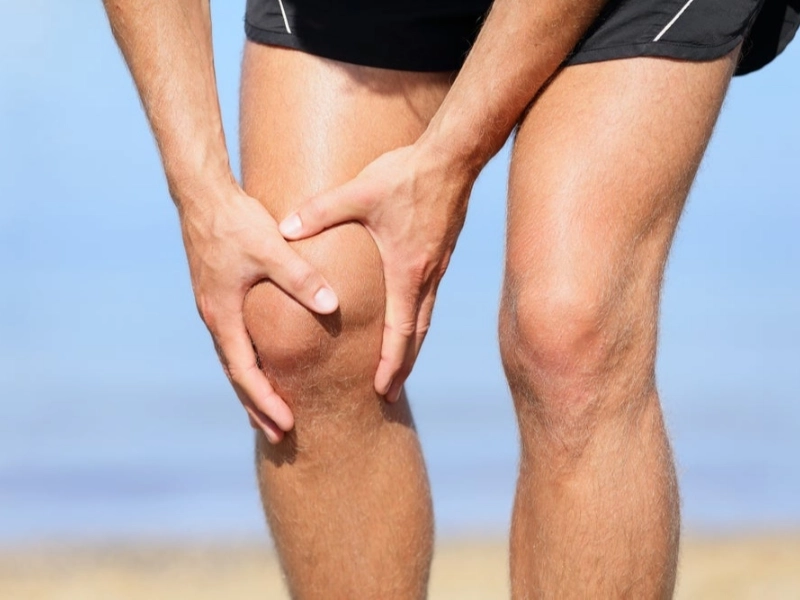
Being a hinge joint, the knee enables us to run, jump, walk, and stand. Additionally, it is vulnerable to harm and weakening from carrying too much weight. According to Dr. Bagaria, our knees take the brunt of our weight and are therefore frequently under stress.
The knees are under a lot of strain when one is fat. The cartilage that covers the ends of the bones where the knees connect is strained by this additional weight.
There's a clicking sound when the cartilage ages. Osteoarthritis is indicated by this, which can cause weak and painful knees.
It is always advisable to take knee discomfort and weakness seriously. Seeing a physical therapist and paying attention to your body's signals are crucial. After assessing your knee, they will design a plan of care that will strengthen it, address any muscle imbalances, and increase your range of motion. It's critical to recognise that issues with your hip or other limbs can impact your knee and set off a vicious cycle of pain and injury.
harm
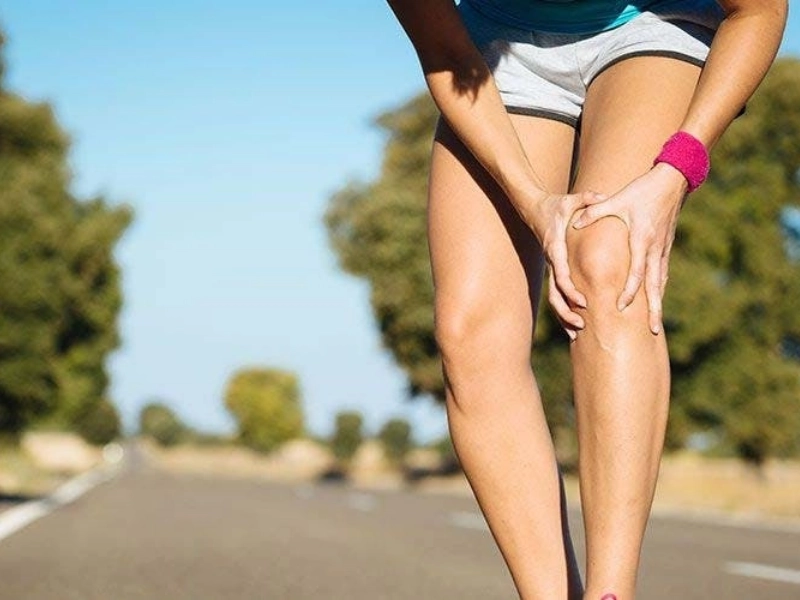
The two long leg bones that make up the complex joint known as the knee are joined by tendons, ligaments, and muscles. The hamstring muscles, which are found on the back of the thighs, bend the knee, while the quadriceps muscles, which are found on the front of the thighs, straighten it. Additionally, the surface of the knee is made of cartilage, which cushions the ends of the bones and shields the knee joint from excessive contact.
Knee buckling is an unpleasant sensation that the knee is giving way to; pain and oedema are frequently experienced thereafter. This may be a sign of ligament damage, such as a meniscus tear. It might also indicate neurological issues, such as knee weakness and numbness.
Depending on the underlying cause, knee buckling may require physical treatment or at-home activities to strengthen the knee and enhance balance. For additional support, your doctor might suggest a knee brace or cane. In addition to strengthening the knee and reducing inflammation from arthritis and injuries, a good diet can help.
arthritis in the bones
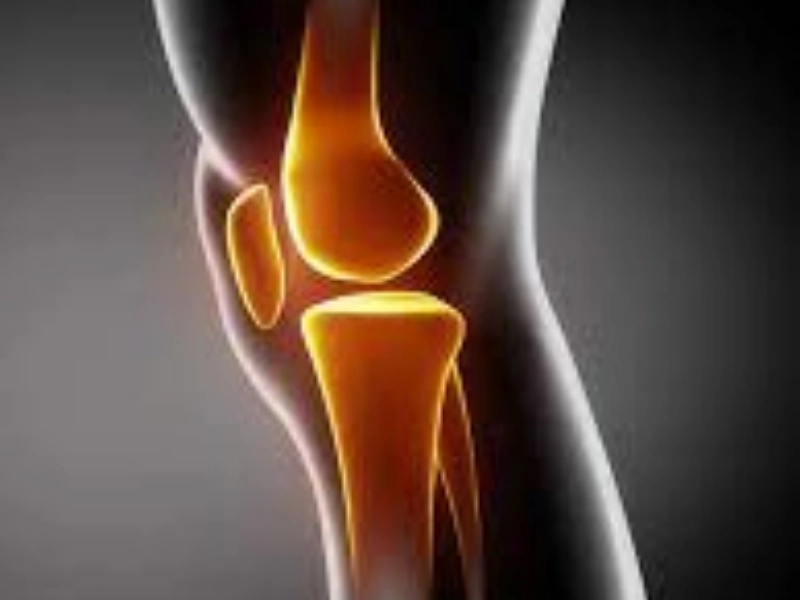
A chronic illness called osteoarthritis results in pain, stiffness, and restricted joint movement. It usually affects the knee, but it can also affect the hips, fingers, big toes, and ankles. The risk factors for osteoarthritis are being overweight, getting injured, and using your joints frequently. Medications, frequent exercise, a healthy diet, and even surgery can all help control symptoms.
The tibia (shin bone) and the rounded bottom of the femur (thigh bone) rest on top of each other at the knee, which is a hinge joint. Muscles and ligaments keep it in place. Due to this, injuries to the knee are far more common than to the hip's deep ball and socket joint.
It's critical to consult your physician if you have knee buckling in order to identify the underlying cause of your weakness and develop a successful treatment strategy. In addition to recommending particular exercises that focus on the quadriceps, hamstrings, and gluteus muscles, your doctor might also prescribe a brace or cane.
Advertisement
Recommended Reading: What brings you joy when you camp?













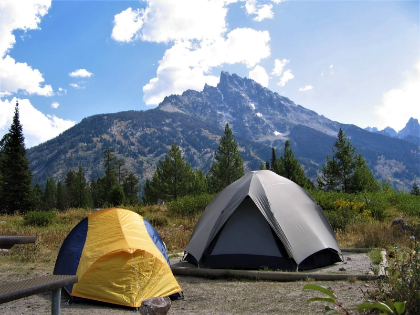




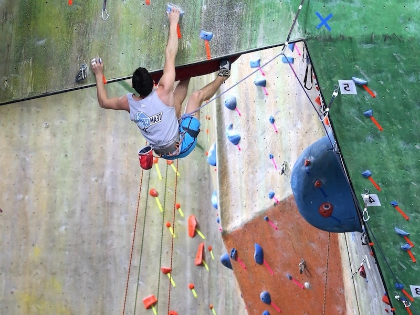



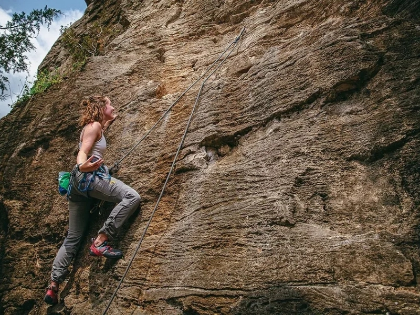
Encourages deliberate simplification.
Triggers productive curiosity.
Rewards deliberate pacing.
Feels like a hinge idea.
Pre-empts typical governance friction.